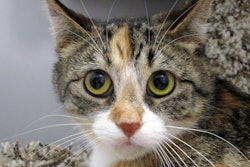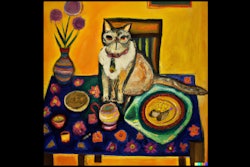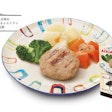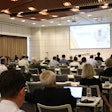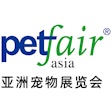
Singapore holds a culturally diverse population with a high per capita income, but little land for agriculture. Singapore imports more than 90% of its food, along with pet foods, from a range of other nations, according to a report from the United States Department of Agriculture’s Foreign Agricultural Service. Since 2004, the U.S. and Singapore have held a free trade agreement, leading to Singapore becoming a developed market for U.S. agricultural products, including dog, cat and other pet foods.
In 2022, the United States exported a record US$15.9 million in dog and cat food products to Singapore, up 17% from the previous year. U.S. pet food brands have s 23% market share in Singapore, second only to Thailand. Overall, Singapore imported US$69.2 million in dog and cat food products form various nations in 2022. That figure increased from US$43.7 million in 2018. Cat food retail sales value was expected to grow 7% in 2023. Likewise, the retail value of dog food sales was forecast to grow approximately 6% in 2023. While more than 20 dog food companies operate in Singapore, no company holds more than 8% of sales. However, the cat food market is less competitive.
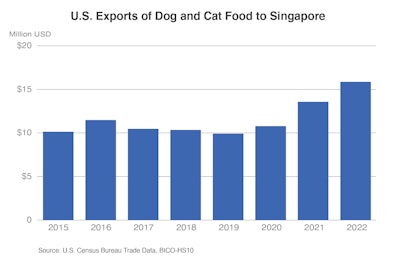
Cats population and cat food growing in Asia
In Asia cats began to outnumber dogs in 2021, said Matthias Koch, founder and managing director of Anibene and opening speaker for Petfood Forum Asia 2023 in Bangkok on October 25. Driven by the pandemic, then rising urbanization and subsequent moves of more people into smaller homes, cats began to gain favor as pets, while populations of medium to large dogs have remained flat or started to decline in some Asian countries, reported Petfood Industry’s Debbie Phillips-Donaldson.
A greater number of cats owned leads to higher cat food sales, including growth in premium cat food, depending on the market. Pet food premiumization has started to hit a ceiling in Asia due to inflation, Koch said, and economy and mid-priced cat and dog foods have their place in some countries, especially ones with smaller pet food markets.



